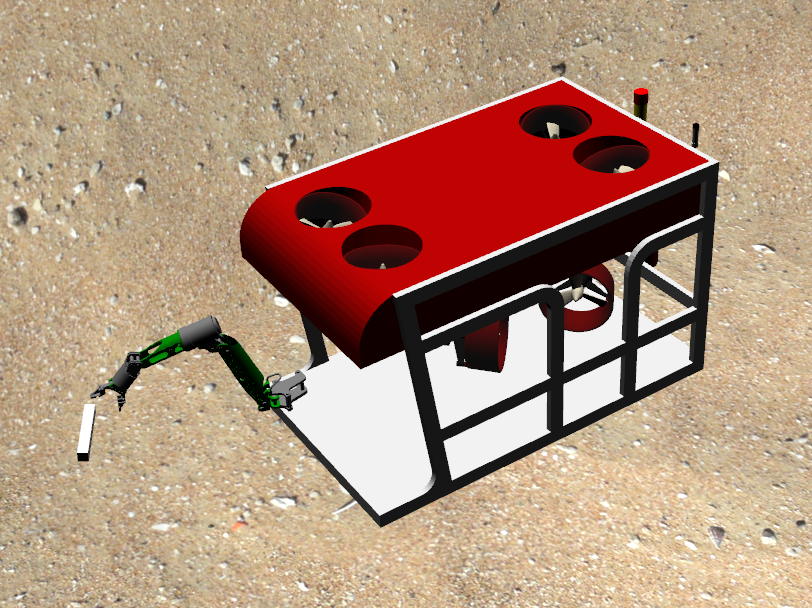Page last modified: Feb 26 2022.
Now that you’ve set up your development environment and obtained the source code, you can build the project by running:
Here, catkin_tools is used to build the project. It compiles in parallel using number of cores in the machine. It supports all the options of catkin_make and can be used as a replacement for catkin_make in most cases as it is a drop-in replacement for catkin_make.
First install, catkin tools to use catkin build
- If using Docker, you don’t need this part. You already have
catkin buildavailable.
# Install build tool catkin_tools
pip3 install -U catkin_tools
# Optionally, you can configure to install the packages
catkin config --install
Then build the source code (this may take upto about 10 minutes)
- If using Docker, below commands should be typed inside the docker environment after
./run.bash dockwater:noeticor./run.bash -c dockwater:noetic.
cd ~/uuv_ws
catkin build
When the build is finished, source your new setup.bash:
source ~/uuv_ws/devel/setup.bash
# Source devel/setup.bash or install/setup.bash depending on whether you used the installation option
Optionally, you may wish to add source ~/uuv_ws/devel/setup.bash to your .bashrc file so that you do not have to source the setup file in every new terminal window.
This is experimentally supported until all the CMake dependencies and installations in our packages have been tested.
If fails, use catkin_make instead.
# remove previous build
cd ~/uuv_ws
rm -rf build devel install
catkin_make
Test your Installation
Test that the installation is working by running one of the Dave demos
roslaunch dave_demo_launch dave_demo.launch
If the simulator does not close promptly with Ctrl-C, first try hitting Ctrl-C multiple times. If it still doesn’t close you can use the command pkill gzclient && pkill gzserver in another terminal window to force immediate shutdown.

More details are discussed at uuv_simulator_reference.